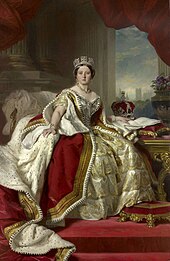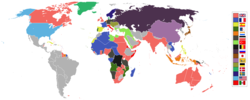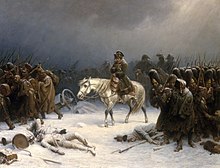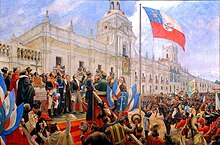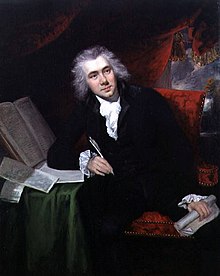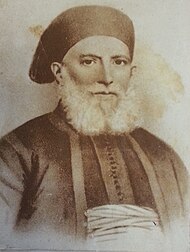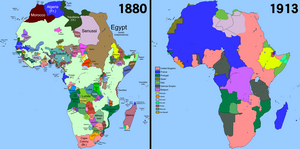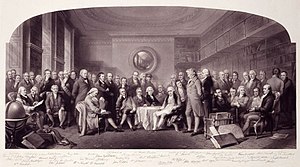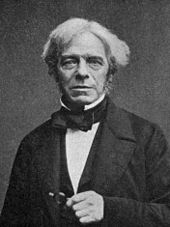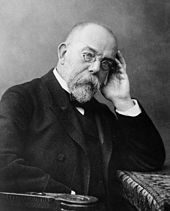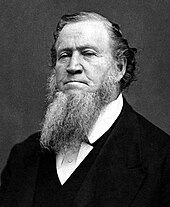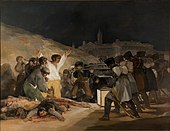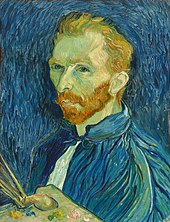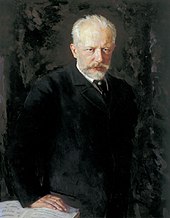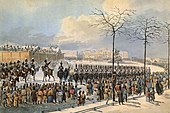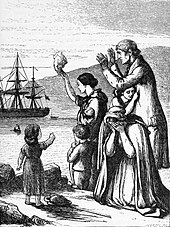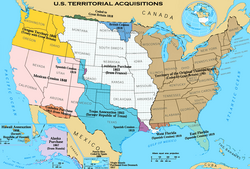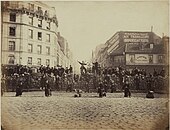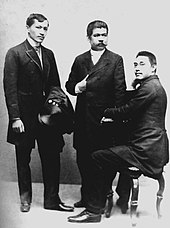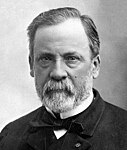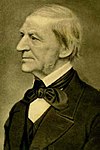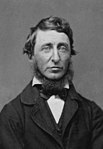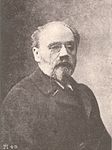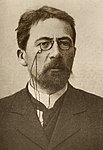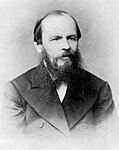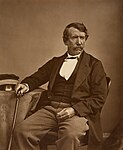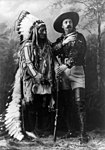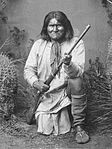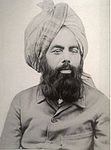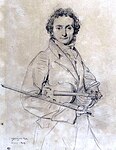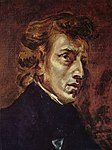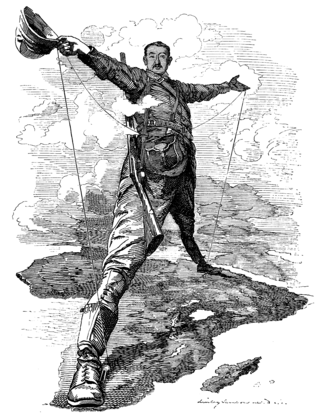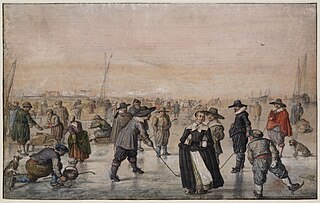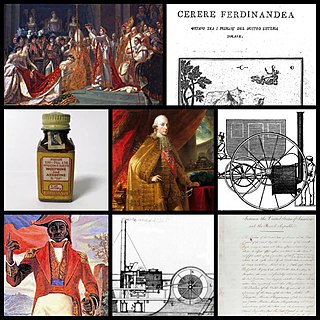| Millennium |
|---|
| 2nd millennium |
| Centuries |
| Timelines |
| State leaders |
| Decades |
| Categories: |
| Births – Deaths Establishments – Disestablishments |

The 19th century began on 1 January 1801 (represented by the Roman numerals MDCCCI), and ended on 31 December 1900 (MCM).
Contents
- Overview
- Eras
- Wars
- Napoleonic Wars
- Latin American independence
- Revolutions of 1848
- Abolition and the American Civil War
- Decline of the Ottoman Empire
- China: Taiping Rebellion
- Japan: Meiji Restoration
- Colonialism
- Other wars
- Science and technology
- Medicine
- Inventions
- Religion
- Culture
- Literature
- Photography
- Visual artists, painters, sculptors
- Music
- Sports
- Events
- 1801–1850
- 1851–1900
- Last survivors
- Supplementary portrait gallery
- See also
- References
- Further reading
- Diplomacy and international relations
- Europe
- Asia, Africa
- North and South America
- Primary sources
- External links
The 19th century was characterized by vast social upheaval. Slavery was abolished in much of Europe and the Americas. The First Industrial Revolution, though it began in the late 18th century, expanding beyond its British homeland for the first time during this century, particularly remaking the economies and societies of the Low Countries, the Rhineland, Northern Italy, and the Northeastern United States. A few decades later, the Second Industrial Revolution led to ever more massive urbanization and much higher levels of productivity, profit, and prosperity, a pattern that continued into the 20th century.
In the Middle East, it was an era of change and reform. The Islamic gunpowder empires fell into decline and European imperialism brought much of South Asia, Southeast Asia, and almost all of Africa under colonial rule. Reformers were opposed at every turn by conservatives who strove to maintain the centuries old Islamic laws and social order. [1] The century also saw the collapse of the large Spanish and Mughal Empires. This paved the way for the growing influence of the British, French, German, Russian, Austro-Hungarian, Italian, and Japanese Empires along with the United States. The British boasted unchallenged global dominance after 1815.
After the defeat of France in the Napoleonic Wars, the British and Russian Empires expanded greatly, becoming two of the world's leading powers. Russia expanded its territory to Central Asia and the Caucasus. The Ottoman Empire underwent a period of Westernization and reform known as the Tanzimat, vastly increasing its control over core territories in the Middle East. However, it remained in decline and became known as the sick man of Europe, losing territory in the Balkans and North Africa.
The remaining powers in the Indian subcontinent such as the Maratha and Sikh Empires suffered a massive decline and their dissatisfaction with the British East India Company's rule led to the Indian Rebellion of 1857, marking its dissolution. India was later ruled directly by the British Crown through the establishment of the British Raj.
Britain's overseas possessions grew rapidly in the first half of the century, especially with the expansion of vast territories in Canada, Australia, South Africa, India, and in the last two decades of the century in Africa. By the end of the century, the British controlled a fifth of the world's land and one-quarter of the world's population. During the post-Napoleonic era, it enforced what became known as the Pax Britannica, which had ushered in unprecedented globalization on a massive scale.
Jiroemon Kimura (1897–2013) and Nabi Tajima (1900–2018), both Japanese, were the last man and woman respectively verified to have been born during the century.
